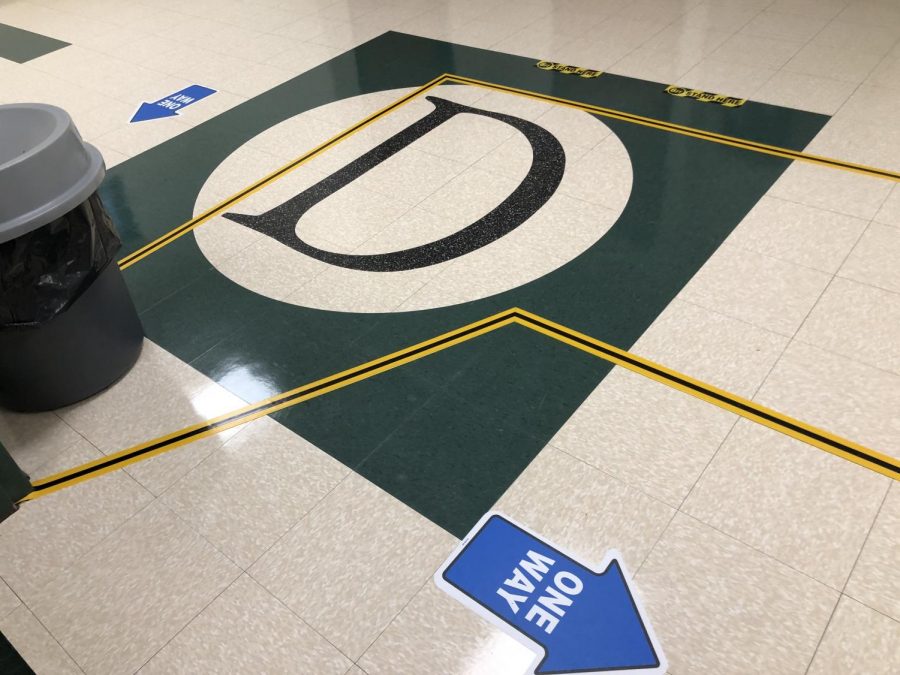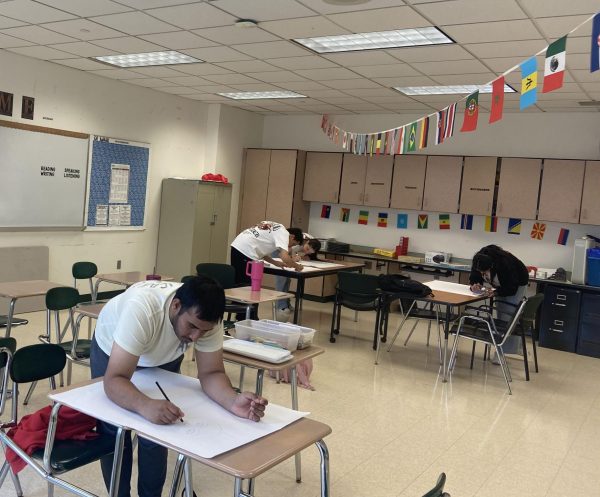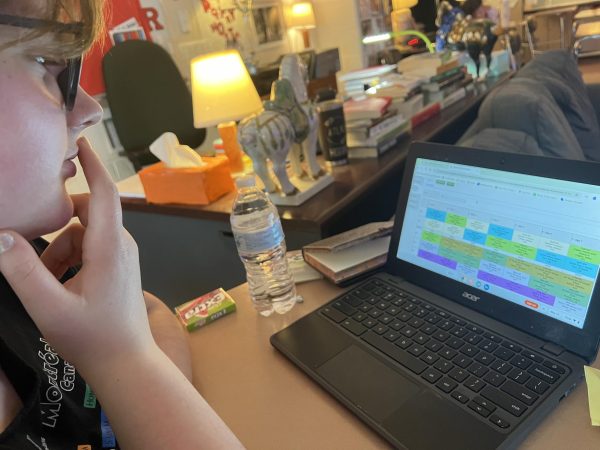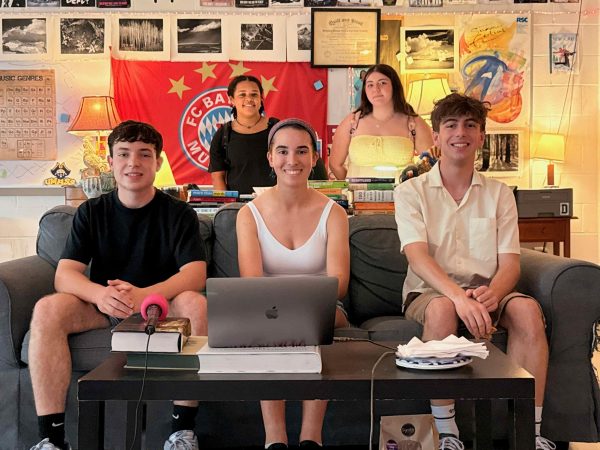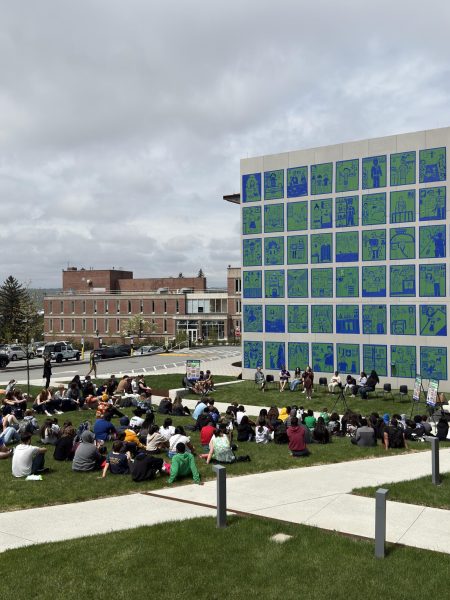The lowdown on the hybrid schedule
Is the lack of structure and direction in the summer less enjoyable than it used to be?
Brrriiiiing….the bell rings and the hallways are packed with students passing to the next class. That’s one of the familiar scenes of a regular school day that used to be taken for granted.
Even though this school year looks different starting of the year in the fully remote model, the hybrid-model has brought about a closeness to the routine before the COVID-19 pandemic.
The Hybrid Model, an alternating pattern between in-person and remote days, began on October 19 for the high school.
Starting October 19, students in Cohort A began attending in-person learning while students in Cohort B learn remotely. The next day, the cohorts switched roles and the pattern has continued. Parents and guardians received communication as to which cohort their student(s) are in. Time and effort was taken to align siblings to the same cohort schedule.
During in-person days, students receive direct instruction lessons from teachers. Then, on the remote days, students expand on the lesson from the previous in-person day and/or work on a “project-based learning experience,” according to the Dartmouth Public Schools update page.
This way, students in both cohorts receive the same lessons taught in-person.
During the in-person days, many safety precautions have been and continue to be implemented to ensure social distancing requirements and the health of students and staff.
DHS is enforcing four main safety protocols. Principal Ross Thibault wrote in the September 25 Community Update that these “basics are our best line of defense against the transmission of COVID-19.”
Firstly, “(1) Mask-Up DHS”, requires that all students and staff wear masks of at least two-ply and forbids the use of gaiters and bandanas. Students are to be allowed at least two mask breaks per day in areas “large enough to accommodate a minimum of 6 feet with open air,” according to the “Dartmouth Public Schools Return to School” update, either outside or inside with opened windows.
Upon entering the school, students and staff are required to sanitize their hands, regardless which entrance they use, under “(2)Practice Excellence in Hand Hygiene.”
The bus drops off students to enter at the front main entrance. Students dropped off by parents or guardians enter through the band entrance on the north side of the school. Students who drive to school park in the students parking lot and enter through the athletic doors on the south side of the building.
Hallways are marked with traffic directionals to maximize separation between students during passing periods and “(3) Maintain Six Feet Distancing.”
To maintain social distancing, students eat in the cafeteria at desks and seating is spaced six feet apart. Additionally, all school lunches are pre-packaged. According to the “DPS Return to School” update, “[We will] utilize non-traditional spaces in addition to the cafeteria. The capacity is as follows: Cafeteria (103) Library Media Center (36) and the auditorium (100).”
Dismissal from the building is completed in staggered waves to ensure proper social distancing.
First-bus riders are dismissed promptly at 2:03 followed by student drivers and parent-pickups released at 2:10 by announcement once the hallways are cleared. Finally, at 2:15, the second-bus riders are directed to socially distance in the cafeteria, gymnasium, and, weather allowing, outside until their bus arrives.
A limited number of bathrooms are available for use, including one male and one female facility on the B Floor, one male and one female facility on the C Floor, and one gender neutral facility.
Administration frequently reminds that masks must be worn at all times including in bathrooms, classrooms, hallways, buses, and anywhere on school grounds. Masks are only to be removed during designated mask breaks and lunchtime once students are properly distanced from one another.
The final protocol of the four-pronged strategy, “(4) Know the symptoms, and NO, do NOT come to Dartmouth High School if you have any of them,” remind students and parents and guardians to check for COVID-19 symptoms daily. Common symptoms are, but not limited to, new loss in taste or smell, sore throat, cough, fever or chills, etc. View Coronavirus Disease 2019 (COVID-19) from the Centers for Disease Control and Prevention(CDC) to learn more about the symptoms and COVID-19.
Mr. Thibault emphasizes his optimism and hopefulness that a collective effort of all students, faculty, and staff will allow for learning in the Hybrid Model. Mr. Thibault wrote, “While these practices are very basic, they represent the best way that we can collectively ensure all members of the DHS Community are able to learn in a healthy environment.”
The hybrid school day may not have the same crowded-hallway feel; however, it is the closest resemblance to the school we knew prior to March 13. Even still, the four basics put into place aim to resemble in-person learning while simultaneously striving to “build a culture of health and wellness,” wrote Mr. Thibault.
See these links for more information:

